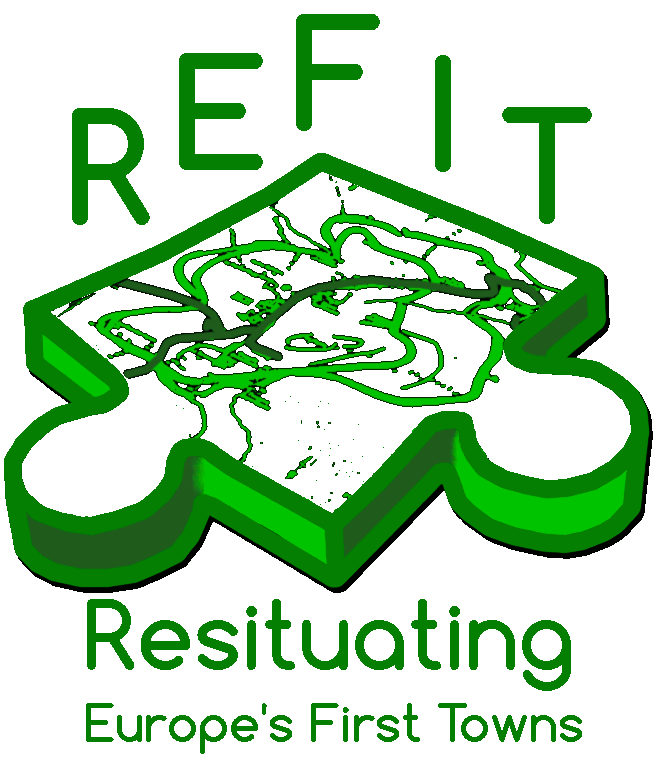Archaeology - it's not what you think! / La arqueología ¡no es lo que piensas!
- Gemma Tully
- Sep 14, 2017
- 3 min read
This summer the REFIT Project was lucky enough to be able to work with 25 volunteers in the landscapes of Bagendon and Salmonsbury in the Cotswolds. We carried out augering surveys (taking soil cores - see https://www.youtube.com/watch?v=myaaVql5PLg) across both these landscapes alongside digging some small test pits. The aim of the fieldwork was to help us understand the wider landscapes of Bagendon and Salmonsbury through looking at the buried soils and sediments as well as ancient pollen and snail remains (what archaeologists call the palaeo-environment).

Augering with volunteers at Greystones Farm / Barrenado con voluntarios en Greystones Farm
While this might not sound like traditional archaeology to you, this kind of landscape research is hugely important. Only by doing this sort of work can we put the information we have about sites and artefacts into their wider context. By this we mean, for example, understanding whether there was more woodland in the past, when the landscape was farmed and how water courses have moved over time. Building up a picture of landscape change in this way can help us better understand the past but also think about how human action is changing the way our landscapes look today. With this knowledge, we can also begin to think more carefully about how we want our landscapes to look in the future and adapt our management accordingly.

Volunteers around a test pit at Bagendon / Voluntarios alrededor de un sondeo en Bagendon
To find out more about the work this summer, the experiences of our volunteers and visitors to the connected Love You Landscape event held by the Gloucestershire Wildlife Trust at Greystones Farm (Salmonsbury), you can watch the short film available at this link.
....................................
Este verano el proyecto REFIT tuvo la suerte de trabajar con 25 voluntarios en los paisajes de Bagendon y Salmonsbury, en los Cotswolds. De este modo, pudimos llevar a cabo trabajos de barrenado (tomando muestras de suelo; ver https://www.youtube.com/watch?v=myaaVql5PLg) en ambos paisajes, y excavar pequeños sondeos. El objetivo del trabajo de campo era comprender los paisajes de Bagendon y Salmonsbury a través de la observación de los suelos y sedimentos enterrados, así como del polen antiguo y los restos de caracoles (lo que los arqueólogos llaman el paleoambiente).
Si bien esto puede no sonar a arqueología tradicional, esta clase de investigación del paisaje es extremadamente importante. Sólo haciendo este tipo de trabajo podemos situar la información que tenemos sobre los yacimientos y artefactos en su contexto más amplio. Con esto queremos decir, por ejemplo, saber si había más bosques en el pasado, cuándo el paisaje ha sido cultivado y cómo los cursos de agua se han movido a lo largo del tiempo. Construir de esta manera una imagen de los cambios del paisaje nos puede ayudar a comprender mejor el pasado, pero también a pensar sobre cómo la acción humana está cambiando la forma en que nuestros paisajes se ven hoy. Con este conocimiento, también podemos comenzar a pensar más cuidadosamente sobre cómo queremos que nuestros paisajes luzcan en el futuro y adaptar nuestra gestión en consecuencia.
Para saber más sobre el trabajo de este verano, las experiencias de nuestros voluntarios y visitantes del evento “Ama tu paisaje”, celebrado por el Gloucestershire Wildlife Trust en Greystones Farm (Salmonsbury), puedes ver un corto en este enlace.






















Comments